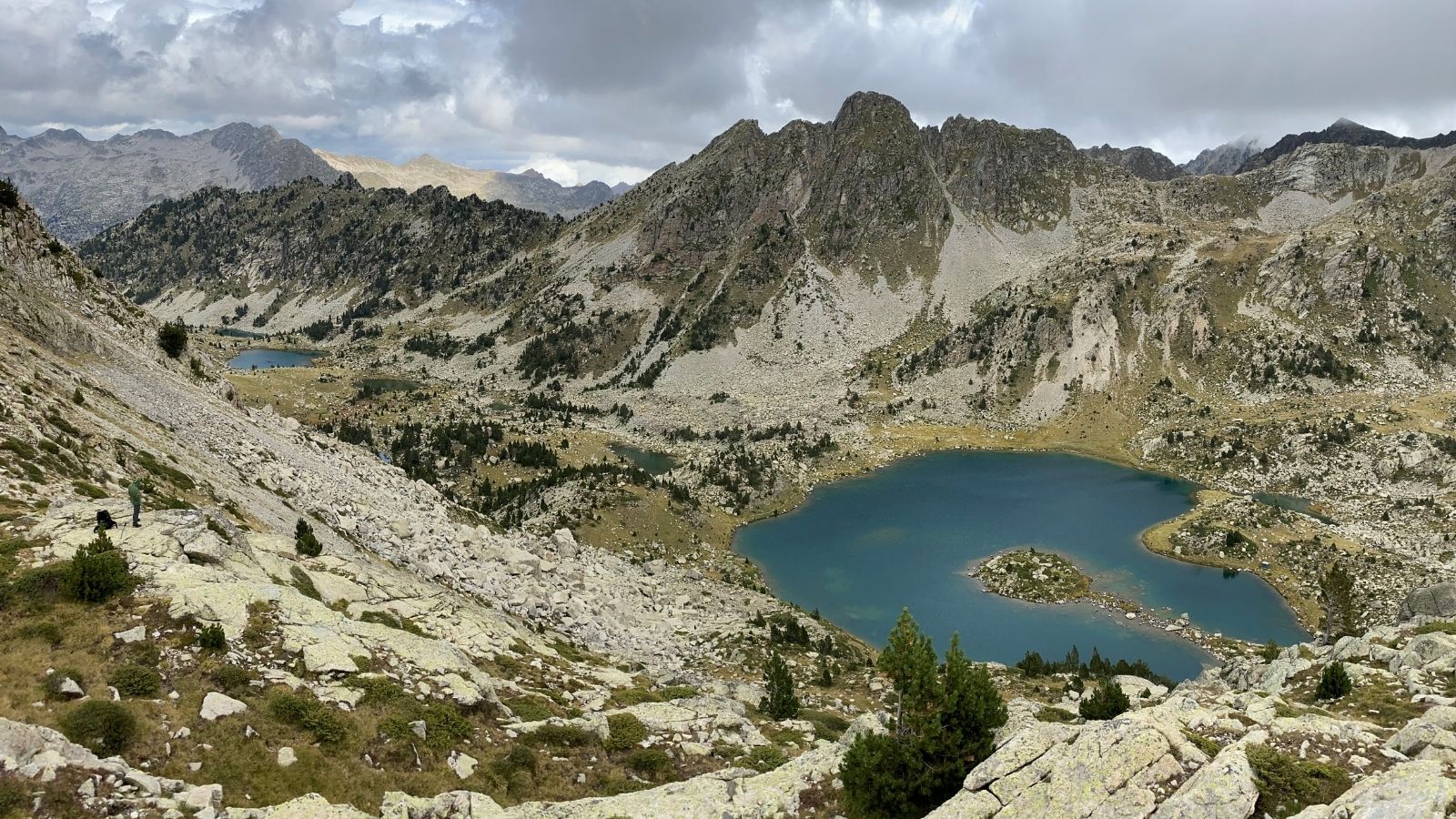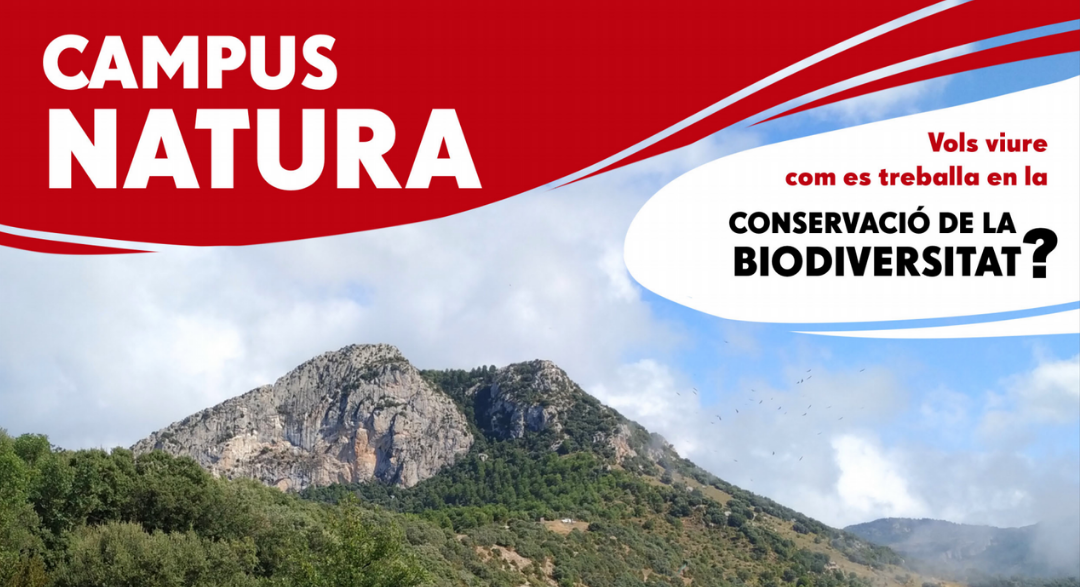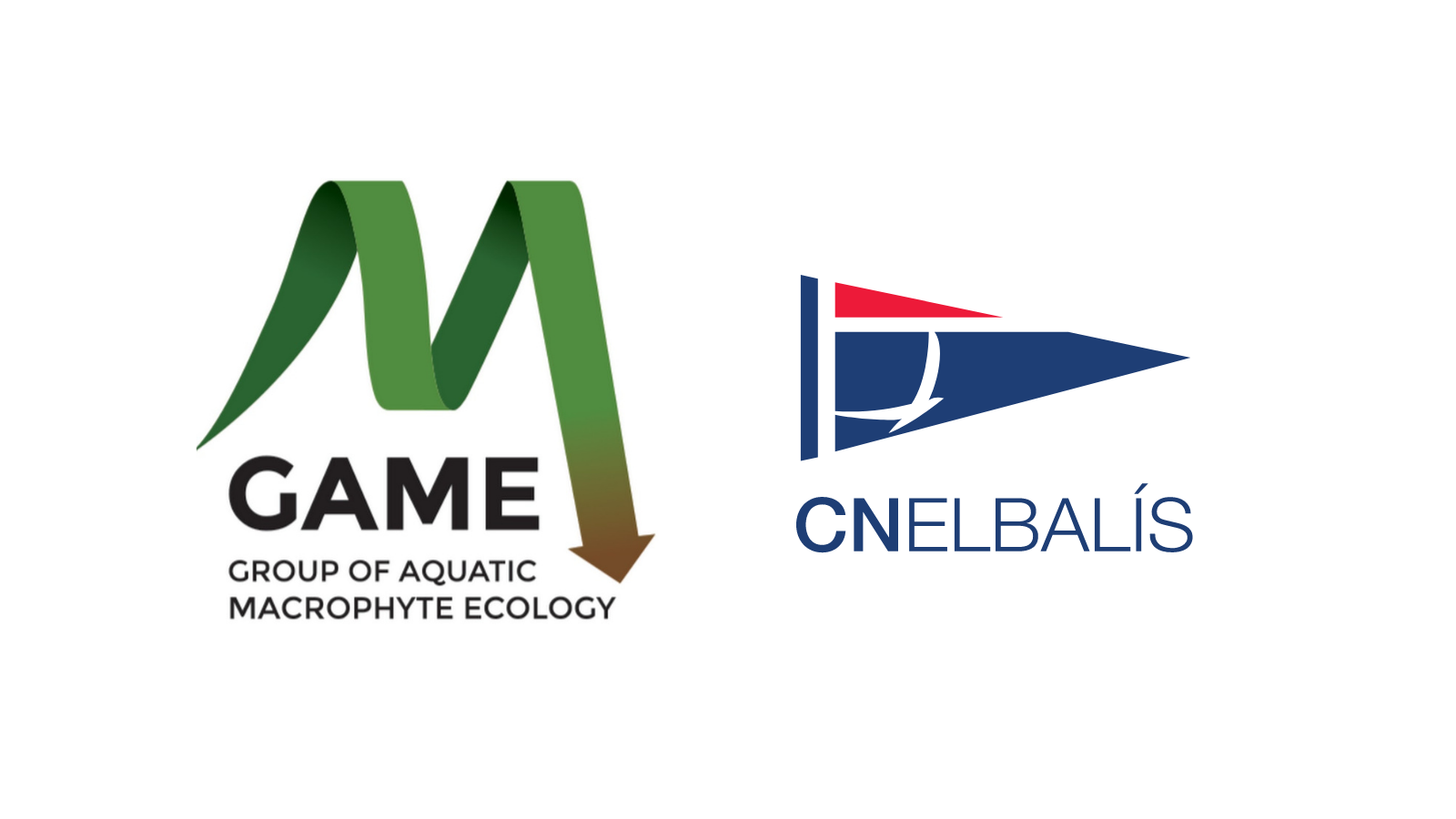Environmental conditions are undergoing rapid changes worldwide due to activities of the growing human population. Climate change is particularly a major concern. As more and more people settle along the coast, human-induced pressures also increase, causing coastal habitat fragmentation and destruction. These pressures lead to a dramatic decline in biodiversity and changes to ecosystems functioning. This in turn limits the potential for Blue Growth (the economic growth based on marine and aquatic resources).
Blue forests, such as seaweeds, seagrass meadows, salt marshes and mangroves, are coastal vegetated habitats that cover huge areas around the globe, providing many different types of ecosystem services. Littoral seaweeds, covering the rocky shores provide raw material for humans (food, animal feed and fertilizers), food and shelter for a variety of species and regulate global climate through carbon sequestration and storage. These ecosystems are experiencing multiple pressures caused by climate change and human activities, but their effects remain largely unexplored.
COASTFRAG’s primary objective is to resolve how the pressure of habitat fragmentation and habitat loss impacts the species composition, structure and function of intertidal seaweed communities. Also it explores the effect of multiple pressures caused by climate change (increased temperature, reduced water quality, higher rate of storm events, migration of species) and how human activities (pollution) contribute to habitat fragmentation. The data will feed models to assess seaweed communities, today and under future climate scenarios, providing robust predictions to support decision makers and other stakeholders.
Impact of habitat fragmentation and loss on coastal ecosystems: implications for sustainable management under climate change
Project Colaboration




